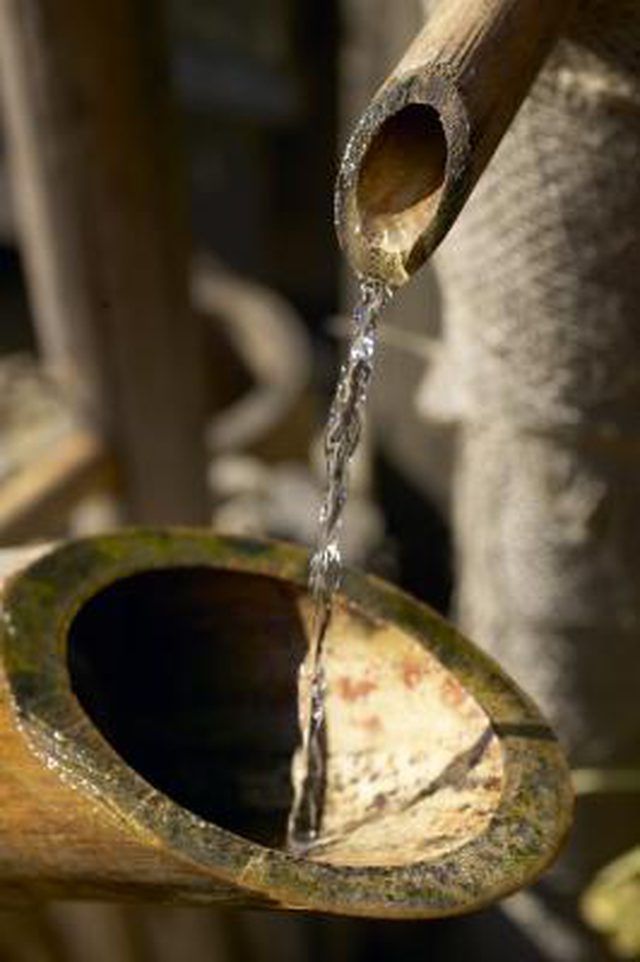Bulbs
Flower Basics
Flower Beds & Specialty Gardens
Flower Garden
Garden Furniture
Garden Gnomes
Garden Seeds
Garden Sheds
Garden Statues
Garden Tools & Supplies
Gardening Basics
Green & Organic
Groundcovers & Vines
Growing Annuals
Growing Basil
Growing Beans
Growing Berries
Growing Blueberries
Growing Cactus
Growing Corn
Growing Cotton
Growing Edibles
Growing Flowers
Growing Garlic
Growing Grapes
Growing Grass
Growing Herbs
Growing Jasmine
Growing Mint
Growing Mushrooms
Orchids
Growing Peanuts
Growing Perennials
Growing Plants
Growing Rosemary
Growing Roses
Growing Strawberries
Growing Sunflowers
Growing Thyme
Growing Tomatoes
Growing Tulips
Growing Vegetables
Herb Basics
Herb Garden
Indoor Growing
Landscaping Basics
Landscaping Patios
Landscaping Plants
Landscaping Shrubs
Landscaping Trees
Landscaping Walks & Pathways
Lawn Basics
Lawn Maintenance
Lawn Mowers
Lawn Ornaments
Lawn Planting
Lawn Tools
Outdoor Growing
Overall Landscape Planning
Pests, Weeds & Problems
Plant Basics
Rock Garden
Rose Garden
Shrubs
Soil
Specialty Gardens
Trees
Vegetable Garden
Yard Maintenance
How to Make Bamboo Rocking Fountains
How to Make Bamboo Rocking Fountains. Bamboo rocker fountains are also referred to by their Japanese name, "shishi odoshi" fountains. Sometimes used as a meditative element, they were originally made to scare away deer and pests from the farmer’s fields. The fountain is constructed so water trickles into a pivoting hollow section of...

Bamboo rocker fountains are also referred to by their Japanese name, "shishi odoshi" fountains. Sometimes used as a meditative element, they were originally made to scare away deer and pests from the farmerís fields. The fountain is constructed so water trickles into a pivoting hollow section of bamboo which then fills, rocks forward, empties and rocks back, making a clacking sound. To make a bamboo rocker fountain, you need basic carpentry skills and tools.
Things You'll Need
Shovel
Circular pond reservoir
Carpenter's level
Chicken wire
Wire cutters
Bricks
Pond pump with tubing
Tape measure
Pencil
Post-hole digger
Saw
Drill with bits
2-inch diameter hollow bamboo
1-inch diameter bamboo
8-inch long, 1/2-inch dowel
Polyurethane glue
Gravel
Cobblestones
Large rock
Site and Reservoir Preparation
Dig a hole the size of your pond reservoir. Place it into the hole, set a carpenter's level across the top and check for level. Make any necessary adjustments.
Cut a circular piece of chicken wire with wire cutters. It should be slightly smaller than the reservoir. Place bricks around the bottom of the reservoir to elevate the chicken wire.
Set the pond pump into the reservoir. Place the chicken wire on top of the bricks and feed the tubing up through the wire along the side.
Dig a hole with a post-hole digger 6 inches away from the reservoir to hold the spout assembly. Make the hole 12 inches deep and 6 inches in diameter.
Dig two more holes a quarter of the way around the reservoir from the first hole to hold the rocker assembly. Make the holes 12 inches deep, 6 inches in diameter and 8 inches apart at the centers.
Cut the Bamboo Sections
Cut a 3-foot section of 2-inch bamboo. Measure 4 inches from one end, make a reference mark and drill a 1-inch hole through one wall of the bamboo at the mark. Measure 13 inches from the other end and drill a 1/2-inch hole through one wall.
Cut an 8-inch spout from the 1-inch bamboo. Make your cuts between the nodes, or dark circles, of the bamboo. Bamboo is hollow between nodes. Make a sharply angled cut at one end.
Cut two, 3-foot support poles from the 1-inch bamboo. Measure 12 inches from the end of each piece, make a reference mark and drill a hole slightly bigger than 1/2 inch through one wall of the bamboo at the marks.
Cut a 2-foot piece of 1-inch bamboo to form the rocker arm. Make your cuts so that there is a node at the bottom end, a node in the middle and the other end exposes the hollow section of the bamboo. Make a sharply angled cut at the hollow end.
Drill a 1/2-inch hole through both walls of the rocker arm. The hole should be 1 inch in front of the middle node on the exposed hollow end.
Cut a 10-inch section of 2-inch bamboo. Measure along one side and place a reference mark 1 inch from each end. Drill a 1-inch hole through one wall of the bamboo at each mark. This cross section sits on top of the two support poles.
Assembling the Fountain
Insert the end of the pump tubing through the hole 13 inches from the bottom of the 2-inch bamboo. Feed it up to and through the top hole. Feed 2 inches of tubing into the 8-inch spout. Insert the spout into the hole with the angled cut facing up.
Set this spout assembly into the ground. Pour 2 inches of gravel around the base of the bamboo, fill the hole with dirt and compact the dirt so the assembly is firmly in place.
Slide the 1/2-inch dowel through the holes in the rocker arm so there is an equal amount on each side. Apply polyurethane glue around the dowel at each hole. Insert the ends of the dowel into the holes of the support poles. Insert the top of each support pole into the 10-inch cross-section and apply glue around the holes.
Set this rocker assembly into the ground. Before filling the holes, fill the reservoir with water and test the pump. Make any necessary adjustments to the spout and the rocker assembly. Turn the pump off and apply glue around the spout once it has been adjusted.
Fill the holes with gravel and compact the dirt around the poles. Place cobblestones on top of the chicken wire and around the circumference of the reservoir. Place a large rock under the back end of the rocker arm so after the water has been emptied, it hits the rock and makes a noise when it returns.